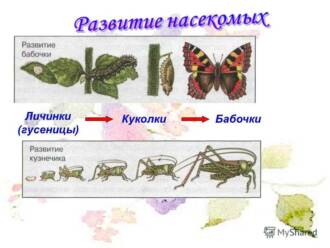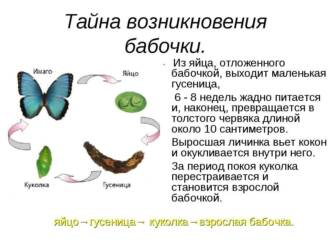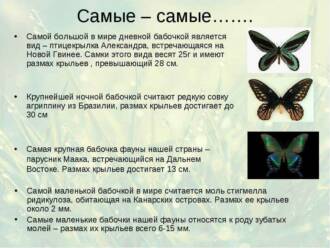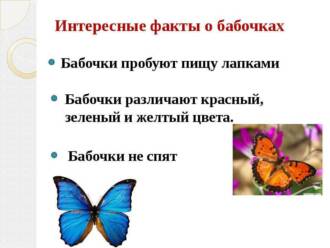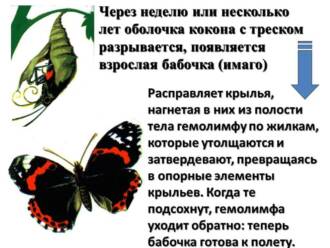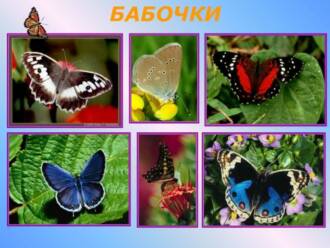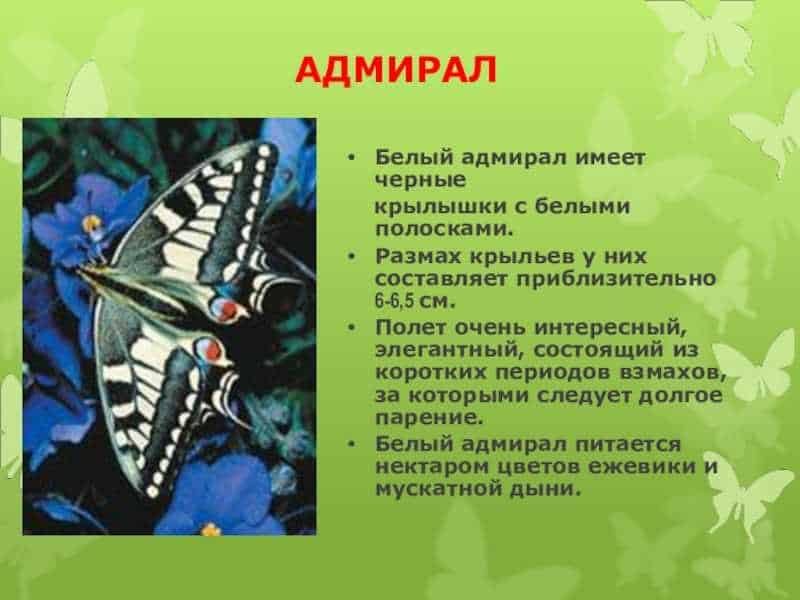
butterflies - These are charming insects that delight many people. They attract attention with their beauty and uniqueness. In this story about butterflies for 3rd grade students in the subject "World Around Us", we will get acquainted with interesting facts about butterflies and offer exciting tasks so that students can learn more about these amazing creatures.
butterflies - These are insects belonging to the Lepidoptera order. They have two wings covered with tiny scales that give them a variety of colors and patterns. Butterflies are active during the warm season when flowers are in bloom, and their main food source is plant nectar.
Exercise 1: Watch butterflies while walking in nature or in the garden. Write down the names of the types of butterflies you see and draw them on your notebook paper. Try classifying them by color, size, and wing pattern.
butterflies go through several stages of their development: egg, caterpillar, chrysalis and adult butterfly. Caterpillars feed on the leaves of plants and actively grow until they reach the desired size. They then move on to the pupal stage, where the transformation takes place. Finally, an adult butterfly emerges from the chrysalis, ready to fly.
Task 2: Study the life cycle of butterflies and draw it as a diagram. Pay attention to the features of each stage of butterfly development and label them.
butterflies play an important role in nature, participating in the pollination of flowers. They carry pollen from one flower to another, helping plants reproduce. Without butterflies, many plant species would not be able to reproduce and survive.
Task 3: Find information about plants that are pollinated by butterflies and make a list of 5 types of plants. Tell about each plant and its relationship with butterflies.
Now that we have learned a little more about butterflies, let's do interesting experiments and tasks to get to know these amazing insects even more.
Interesting facts about butterflies
Butterflies are amazing insects that arouse our delight and interest. In this text, we will tell you some interesting facts about butterflies that may be useful for your lesson about the world around you in grade 3.
1. Variety of species
To date, about 180,000 species of butterflies are known. They differ in size, shape of wings, color and pattern on them. Students can create a table that lists the different types of butterflies and their characteristics.
2. Transformation

Butterflies go through an amazing transformation process called metamorphosis. They start life as an egg, then turn into a caterpillar, after which they form a chrysalis and finally emerge from it in the form of a beautiful butterfly. It will be interesting for students to create a table in which all stages of butterfly development will be depicted.
3. Features of fodder plants
Each butterfly species has its preferred food plants. For example, caterpillars of one species can only eat the leaves of a certain plant. This is due to the fact that they receive from it the special substances necessary for growth and development. Students can do research and make a list of butterflies and their food plants.
4. Migration
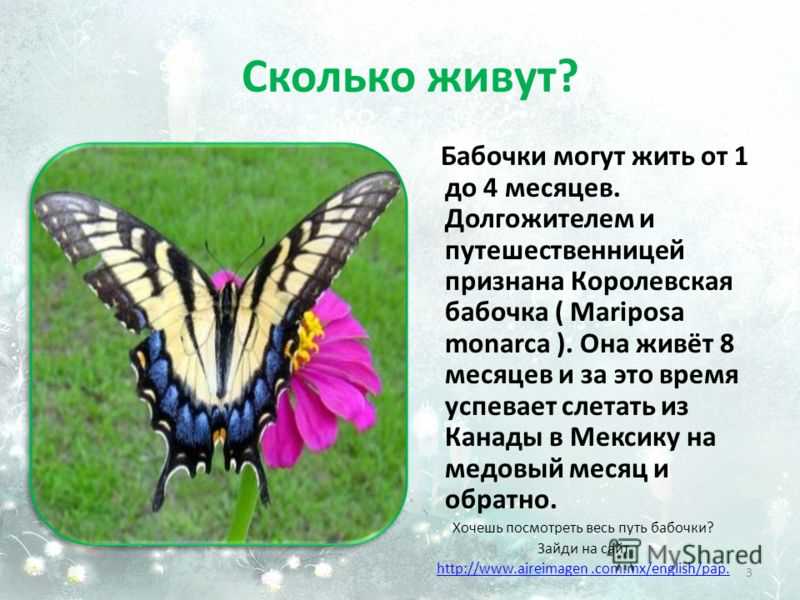
Some species of butterflies can make long migrations over long distances. For example, monarchs who live in North America fly to warm countries every fall to escape the cold. This is an amazing phenomenon that can be discussed in the lesson and show on the map the migration routes of butterflies.
Thus, information about butterflies grade 3 can be interesting and informative. Students can learn a lot about the life of these beautiful insects and conduct interesting research.
Amazing contraptions
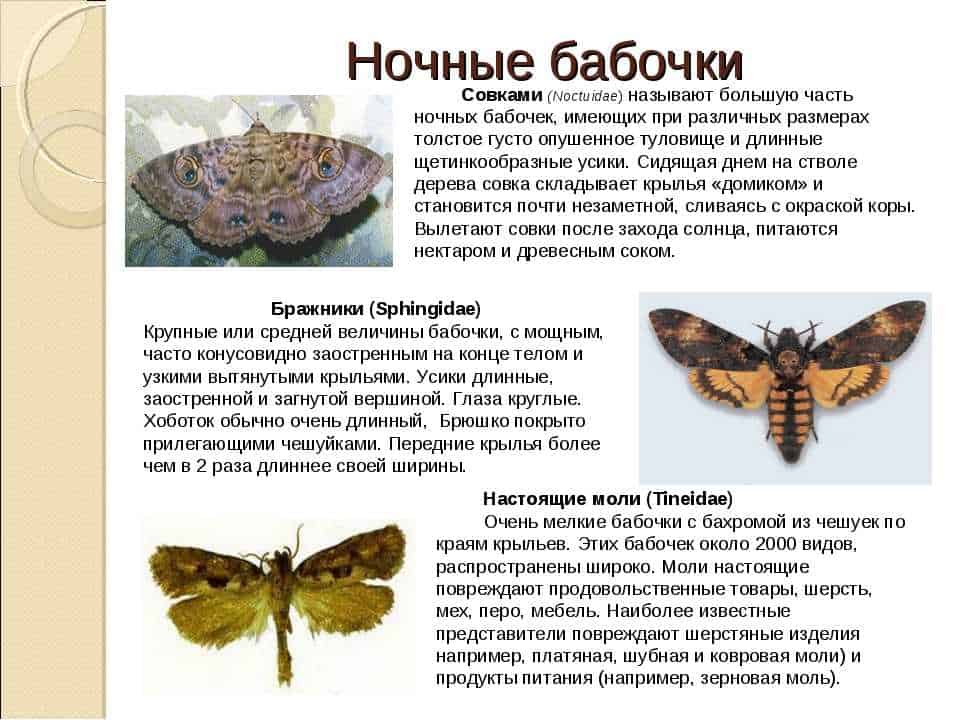
Butterflies are amazing creatures that have many unique adaptations. By learning about butterflies in 3rd grade, children will learn that they have many special organs and features that help them survive and adapt to their environment.
Wings - one of the most noticeable features of butterflies. They are covered with fine pollen which helps them to fly and maneuver in the air. Wings can also be of various shapes and colors, which helps butterflies to camouflage themselves and protect themselves from predators.
palps - These are special organs that are located on the head of butterflies. They help them find food and navigate in space. The palps can be very sensitive and help butterflies find nectar and other plant juices that serve as a source of food.
Metamorphosis - this is an amazing process that occurs in butterflies. They go through several stages of development, starting with an egg, then becoming a caterpillar, then a chrysalis and eventually turning into a beautiful butterfly. This process helps butterflies to adapt to different environmental conditions.
Camouflage - This is another amazing adaptation of butterflies. Many species of butterflies can change the color of their wings to match their environment. This helps them hide from predators and evade danger.
Variety of species
Information about butterflies grade 3:
Butterflies are amazing insects, of which there are more than 180,000 species. They vary in color, shape, and size, which makes them truly unique. From small butterflies the size of a fingernail to huge ones with a wing span of several tens of centimeters, each species has its own characteristics.
Most butterflies have wings covered with colorful scales. These scales can be a variety of colors, from bright green and blue to orange and red. Some species of butterflies can change the color of their wings depending on lighting, temperature, and other factors.
One of the most famous species are monarch butterflies. They are famous for their amazing migratory behavior. Each autumn, millions of Monarch Butterflies travel over 4,000 kilometers south to spend the winter in warmer climes.
Butterflies play an important role in nature. They are pollinators of many plants, helping them to reproduce. In addition, they serve as food for many animals, including birds and frogs.
Butterfly exploration can be a fun activity for 3rd graders. They can learn about different types of butterflies, their lifestyle and habits. You can also conduct interesting experiments, for example, observe the transformation of caterpillars into pupae and then into butterflies.
Butterfly life cycle
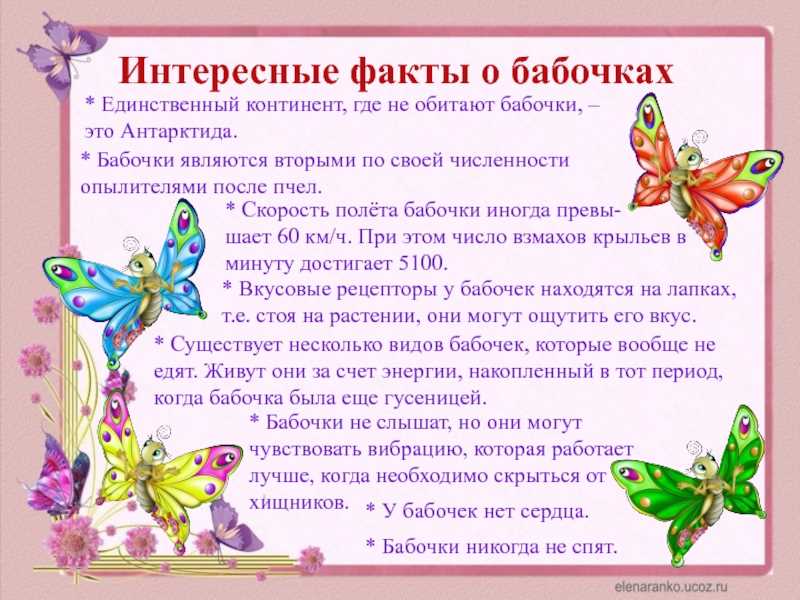
Information about butterflies Grade 3 will help you understand how the life cycle of these beautiful insects occurs. The life cycle of butterflies includes several stages: egg, caterpillar, chrysalis and adult butterfly.
The first stage is an egg. The butterfly lays eggs on plants. Caterpillars emerge from the eggs. Caterpillars feed on leaves and grow actively, periodically moving to other plants.
The second stage is the caterpillar. The caterpillar eats a lot and gradually grows. It has front and back legs with which it moves. It is silent and gradually prepares for the next stage of its life.
The third stage is the pupa. The caterpillar turns into a pupa by wrapping itself around a twig or leaf. Changes occur inside the pupa – the caterpillar turns into a butterfly. This is called metamorphosis. The pupa does not eat or move.
The fourth stage is the adult butterfly. The adult butterfly emerges from the chrysalis. It unfolds its wings and begins to look for food. Butterflies feed on flower nectar or fruit juices. They also play an important role in pollinating plants by carrying pollen from one flower to another.
Migrations and flights
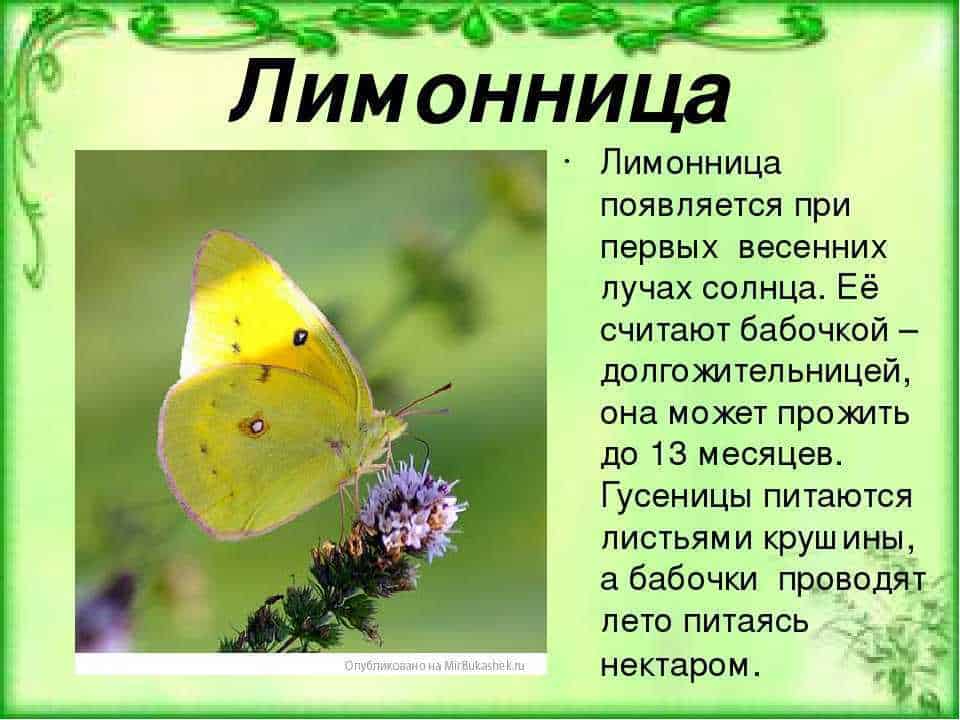
Butterfly flights
Butterflies are winged insects that are capable of making long flights in search of food, breeding grounds, or more favorable habitat conditions. One of the most famous examples of butterfly migration is the flight of the monarch butterfly.
monarch butterfly — is one of the most famous species of butterflies, which each year makes an incredible journey of thousands of kilometers. It begins its flight from Canada and the United States and heads south to winter in Mexico. The monarch butterfly covers this route in several generations, since each generation flies only part of the way and passes it on to the next generation.
Butterfly migrations
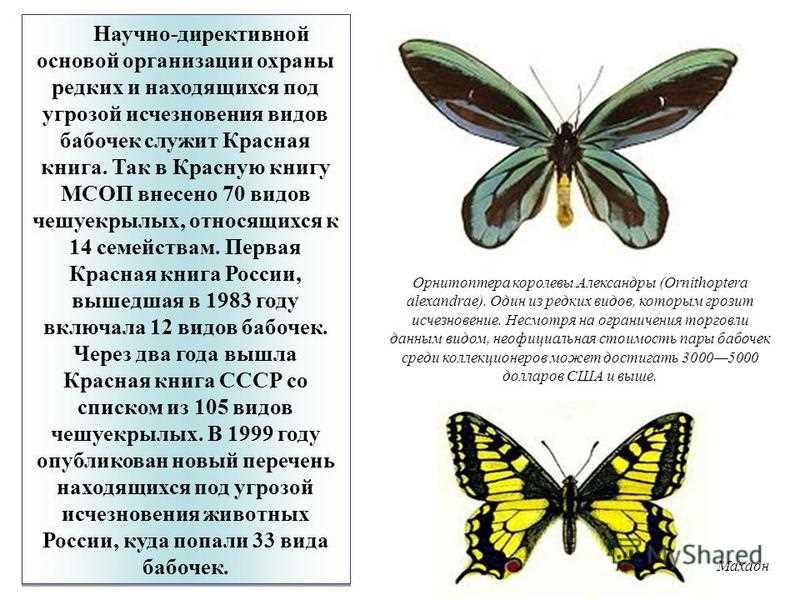
Butterfly migrations are periodic movements of a population of butterflies from one habitat to another. They may be related to seasonal changes in temperature, food availability, or breeding conditions. For example, the cabbage white butterfly is one species of butterfly that migrates in search of food.
white cabbage — is a butterfly that feeds on plants of the cabbage family. When food becomes scarce in one place, the white cabbage butterfly population migrates to more favorable places. They can fly hundreds of kilometers to find new food sources.
Migrations and flights of butterflies are amazing natural phenomena that allow these delicate and colorful insects to survive and continue their existence. They demonstrate the amazing adaptive abilities of butterflies and their ability to cover long distances in search of a better life.
The importance of butterflies in an ecosystem
Butterflies are amazing creatures that play an important role in the ecosystem. They are irreplaceable pollinators of plants, helping them to reproduce and provide fruiting. Each of us, even the story about the butterfly 3rd grade the world around us, knows that butterflies feed on flower nectar. During their visit to flowers, they accidentally transfer pollen from one flower to another, which helps pollinate plants.
Butterflies are also food for many other animals.. Chicks, lizards, frogs and other animals feed on butterflies and their caterpillars. Thus, butterflies are an important part of the food chain and help maintain the biological balance in the ecosystem.
In addition, butterflies serve as an important indicator of the state of the environment and environmental changes.. They are very sensitive to changes in air quality, climatic conditions and the presence of pesticides. If the number of butterflies decreases, this may be a sign of ecosystem disturbance and deterioration.
Butterflies also have cultural and aesthetic significance.. They are an object of study for scientists and nature lovers, and their bright wings and colorful patterns inspire artists and designers. Butterflies are also used symbolically and are considered a symbol of beauty and transformation in various cultures.
Tasks for the study of butterflies
Studying butterflies can be a fun and interesting activity for 3rd grade students. In the process of studying, you can carry out various tasks that will help expand knowledge about butterflies and their features.
1. Compiling a table
Invite the students to make a table in which they collect information about the different types of butterflies. For each species, you can specify the name, color features, habitat and food plants. This task will help students systematize their knowledge and develop skills in working with tables.
2. Drawing butterflies

Students can try to draw different types of butterflies using the information provided. In this case, you can ask students to pay attention to the color and shape of the wings of each species. Drawing butterflies will help develop the observation skills and creative thinking of students.
3. Making a list of questions
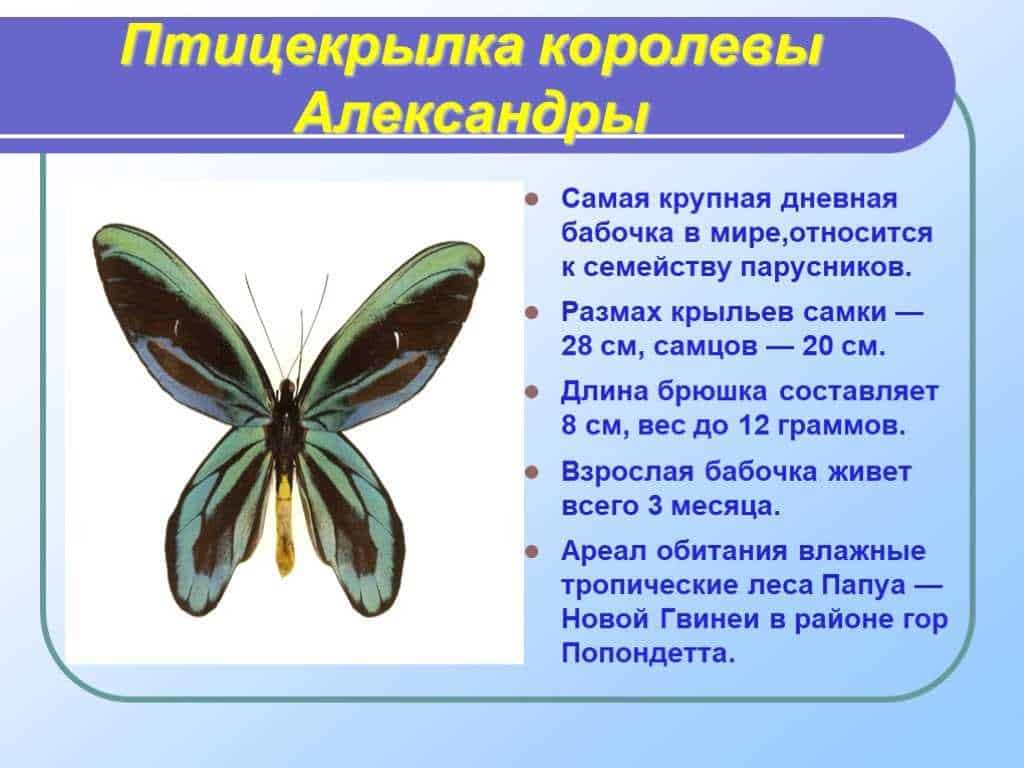
Have the students make a list of questions they would like to ask the butterflies if they could interact with them. Questions can be varied: about nutrition, reproduction, migration and other aspects of the life of butterflies. Making a list of questions will help students develop thinking and imagination.
Such tasks will allow 3rd grade students to deepen their knowledge of butterflies and conduct interesting and educational activities around the world.
Creating Your Own Butterfly Garden
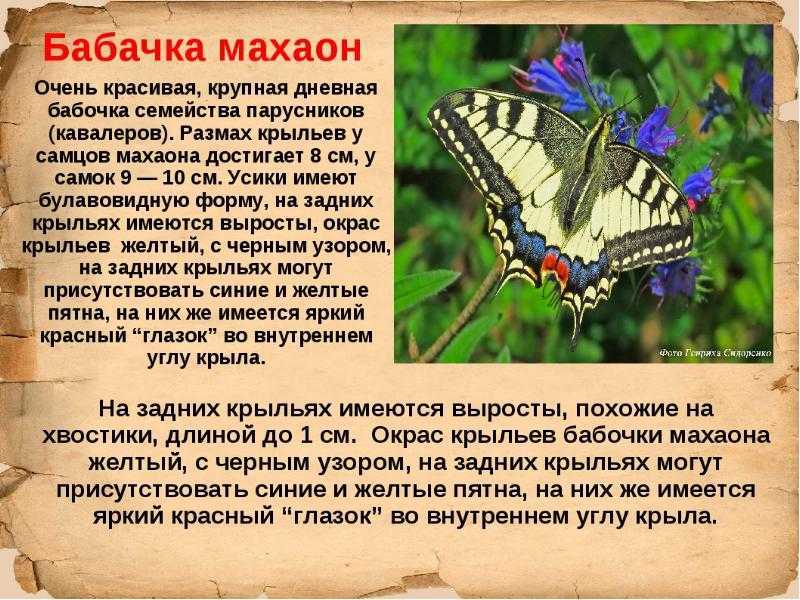
Creating your own butterfly garden is a fun and exciting activity for 3rd graders. During this project, they can learn a lot about butterflies and learn how to care for them.
The first step in creating a butterfly garden is to learn about butterflies Grade 3. Children can learn about different types of butterflies, their life cycle and features. They may use books, the Internet, and other sources of information to gain useful information. This will help them better understand how to create optimal conditions for butterflies in their garden.
Further, children can choose a suitable place to create their own butterfly garden. It is best to choose a place with good lighting, where there is no strong wind. It is also necessary to provide for the presence of plants that attract butterflies. It is recommended to choose plants on which butterflies can lay eggs and feed, such as euphorbia or cabbage.
To create a garden, you will also need special items, such as a net for trapping butterflies and containers for breeding them. Children can make these items with their own hands or purchase them from the store. They can also use a variety of materials to decorate the garden, such as rocks, wooden coasters, or colored flags.
After creating their own butterfly garden, children will be able to observe butterflies in different stages of their life cycle. They will be able to watch how butterflies lay their eggs, how caterpillars emerge from them, how caterpillars turn into pupae and then into butterflies. This will allow them to better understand and see in practice everything they have learned from the information about butterflies grade 3.

